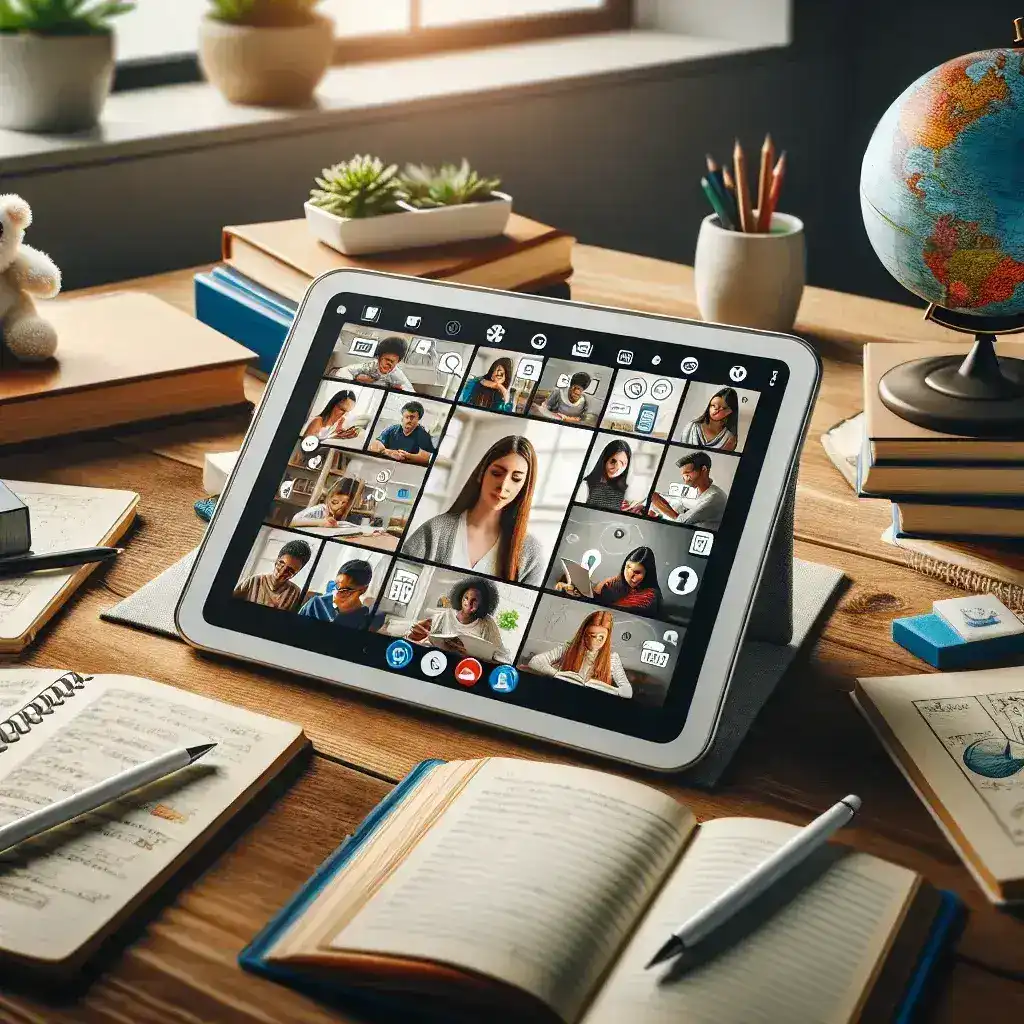Introduction
In recent years, iPads have become an essential tool in the field of education. With the rise of remote learning, iPads have revolutionized the way students and teachers interact and learn. Whether you are a student or an educator, here are some valuable tips for making the most of iPads in remote learning environments.
1. Set Up a Productive Learning Environment
When using an iPad for remote learning, it is important to create an environment that promotes focus and productivity. Find a quiet place free from distractions, ensure proper lighting, and use headphones or earbuds for clear audio. Additionally, organize your workspace to have all necessary materials within reach.
2. Utilize Educational Apps
iPads offer a vast array of educational apps that can enhance learning experiences. Take advantage of these apps to supplement your remote learning curriculum. Whether it’s language learning, math practice, or science simulations, there are apps available for every subject and age group.
3. Collaborate and Communicate
One of the benefits of remote learning with iPads is the ability to collaborate and communicate with peers and teachers regardless of physical distance. Use collaboration tools like shared documents, video conferencing apps, and messaging platforms to engage in discussions, group projects, and Q&A sessions.
4. Stay Organized
iPads offer various tools to help you stay organized and manage your remote learning activities. Take advantage of features such as calendar apps, note-taking apps, and task management tools. Use these tools to create schedules, take notes, and set reminders to stay on top of assignments and deadlines.
5. Access Educational Resources
iPads provide access to a vast amount of educational resources online. Take advantage of e-books, online libraries, educational websites, and multimedia content to supplement your learning. Use search engines and educational platforms to find reliable sources of information for research papers and projects.
6. Take Advantage of Accessibility Features
iPads come with a range of accessibility features that can benefit learners with special needs. Explore features such as text-to-speech, closed captions, magnification, and dictation to support diverse learning styles and abilities.
Conclusion
The iPad has emerged as a powerful tool for remote learning in education. By creating a productive environment, utilizing educational apps, collaborating with peers, staying organized, accessing educational resources, and leveraging accessibility features, students and educators can make the most of iPads in remote learning environments.
